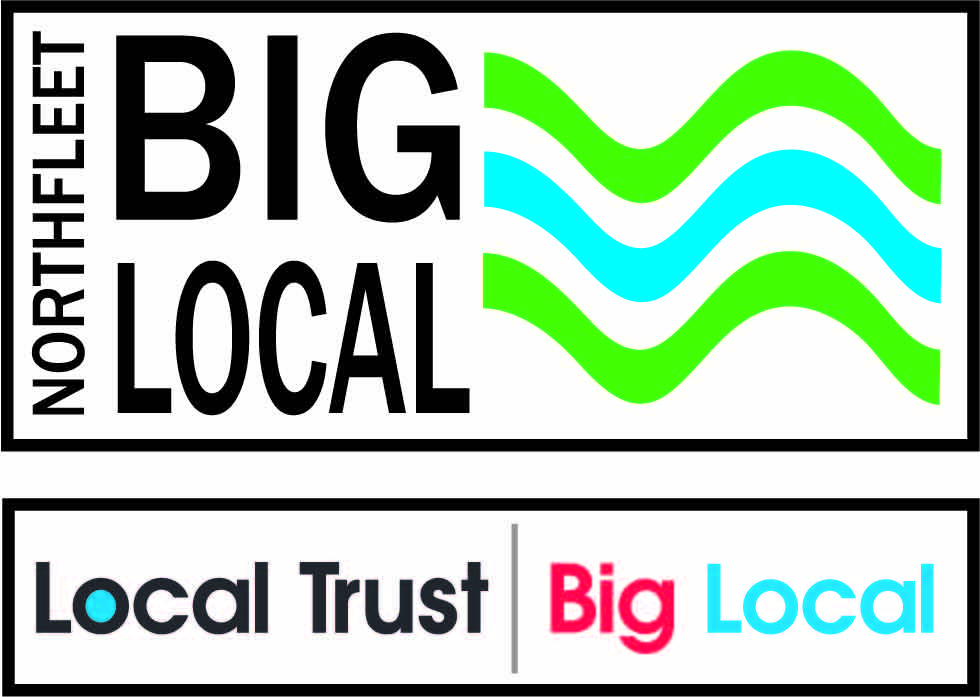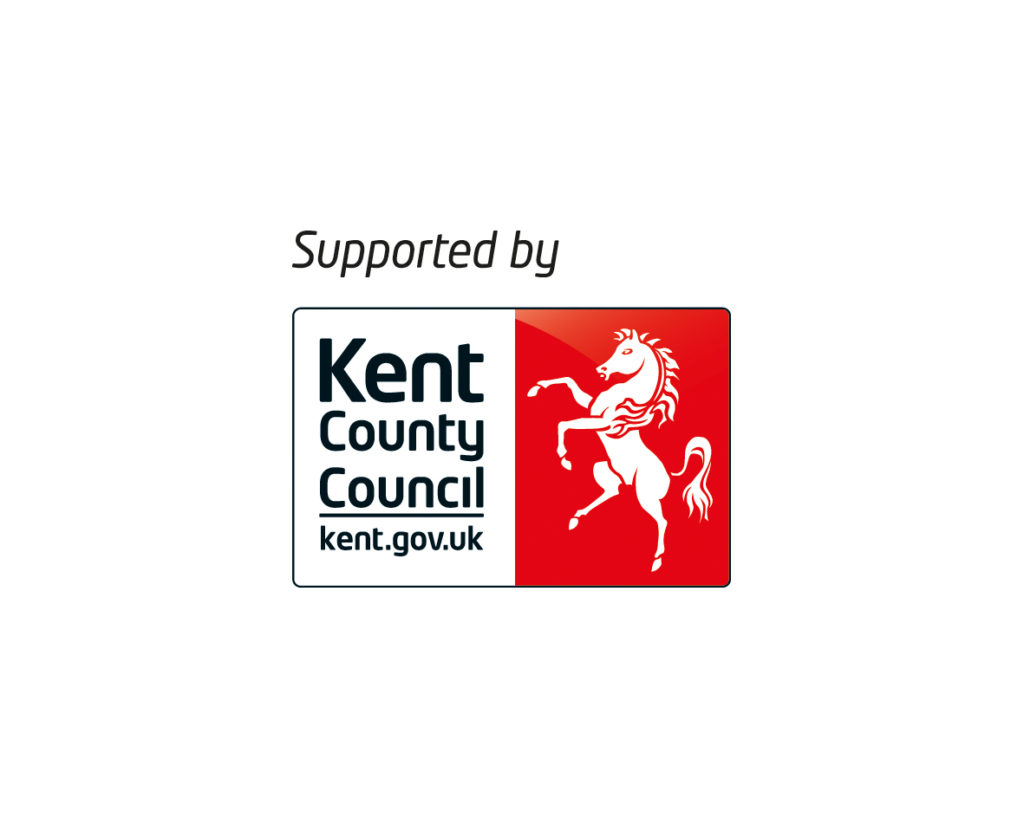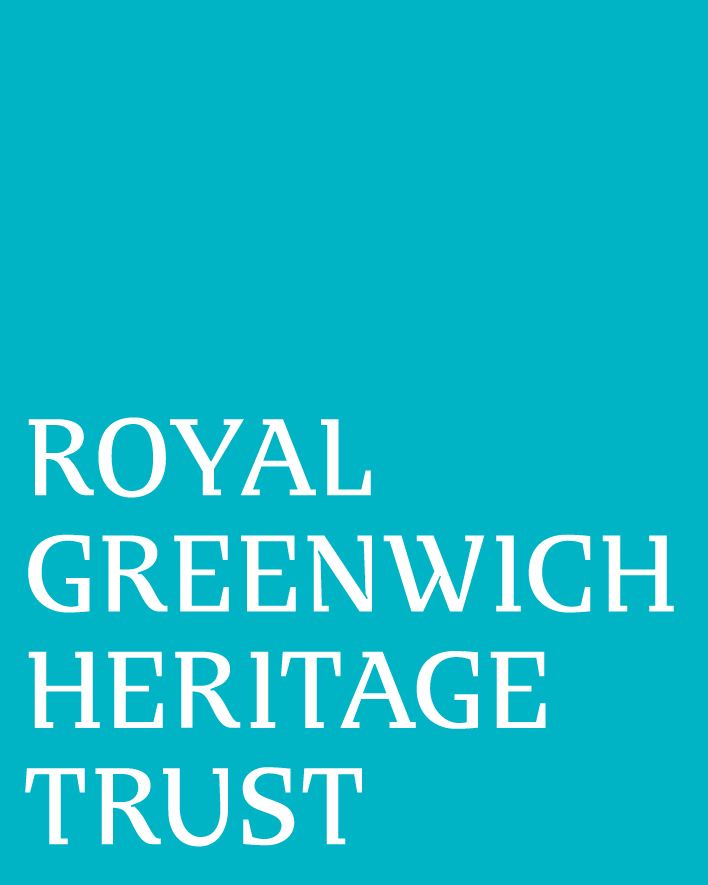The Great Thames Disaster is a tragic retelling of the worst peacetime disaster in British History.
On the evening of 3rd September 1878, The SS Princess Alice was returning to London loaded with passengers who had enjoyed a day out by the seaside. As it approached London, The Princess Alice collided with a much larger vessel, causing her to split in half and sink to the bottom of the Thames. It is estimated that approximately 650 men, women and children lost their lives in the Thames that evening. The local town of Woolwich became overwhelmed with families wanting to find their loved ones or, sadly, identify their dead. Many people were buried without ever being identified and it was for these unnamed people that we created The Great Thames Disaster.
In 2018, 140 years later, Daisy Farris Dance Collective (DFDC), toured The Great Thames Disaster, following the route The Princess Alice took along the Thames. Capturing the hearts and minds of audiences, the show uses contemporary dance and physical theatre to reimagine this lost piece of history. In each location, DFDC worked with local young people to involve them in the performances in their hometown.
Performances took place in unusual locations and venues brining dance into communities along the Thames. DFDC’s most ambitious location was on board LV21, a light vessel ship transformed into an arts venue. The Great Thames Disaster took over the ship in a site-specific, promenade style performance; audiences were welcomed on board and immersed in the story as it unfolded in unexpected locations. DFDC collaborated with visual artist, Nicola Flower, who created an immersive installation. Nicola’s hauting and beautiful work took over the hull of the ship and was inspired by the aftermath of the disaster.
DFDC offer workshops based on The Great Thames Disaster,which are avilable for a range of age and abilities. Download the Education and Outreach pack.


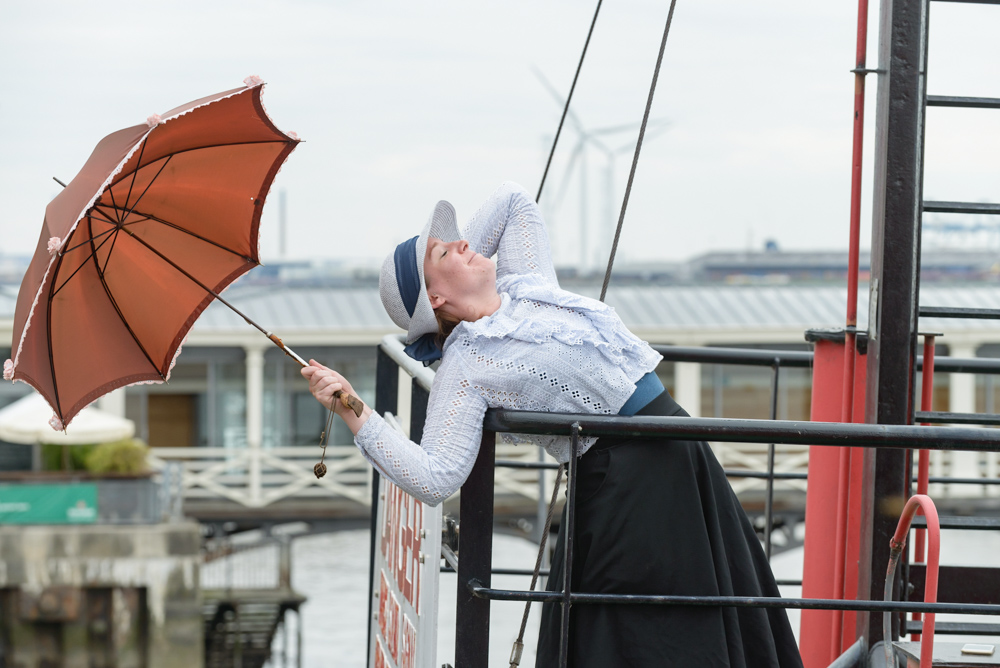

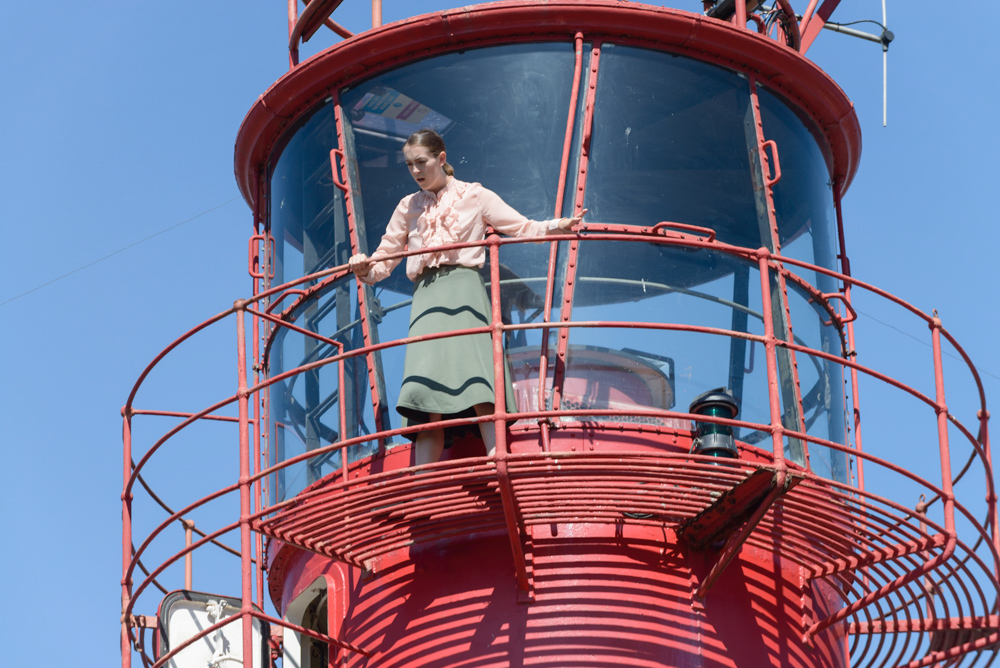
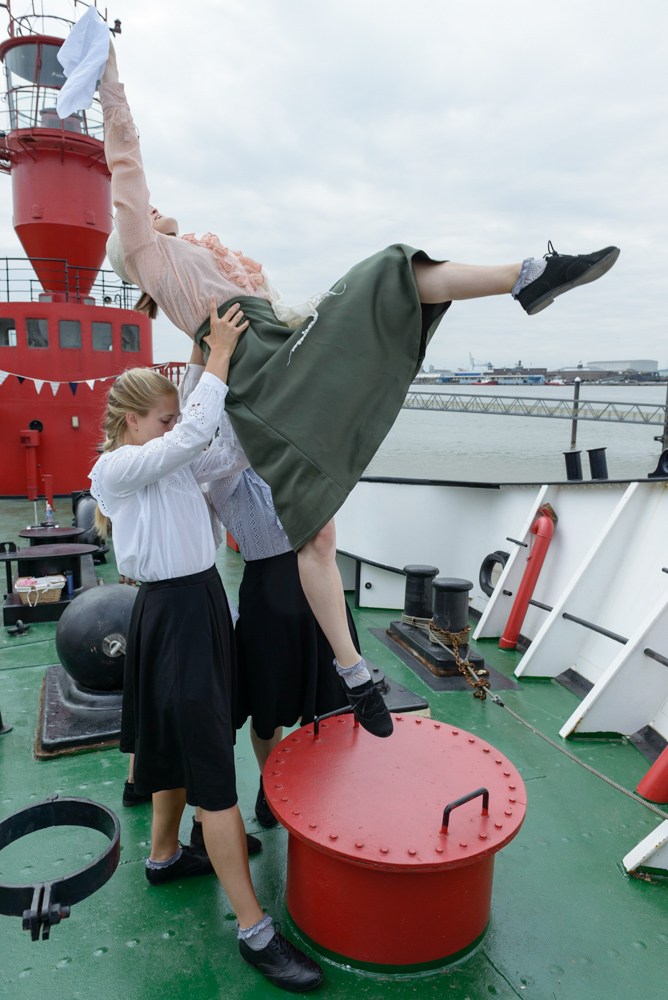

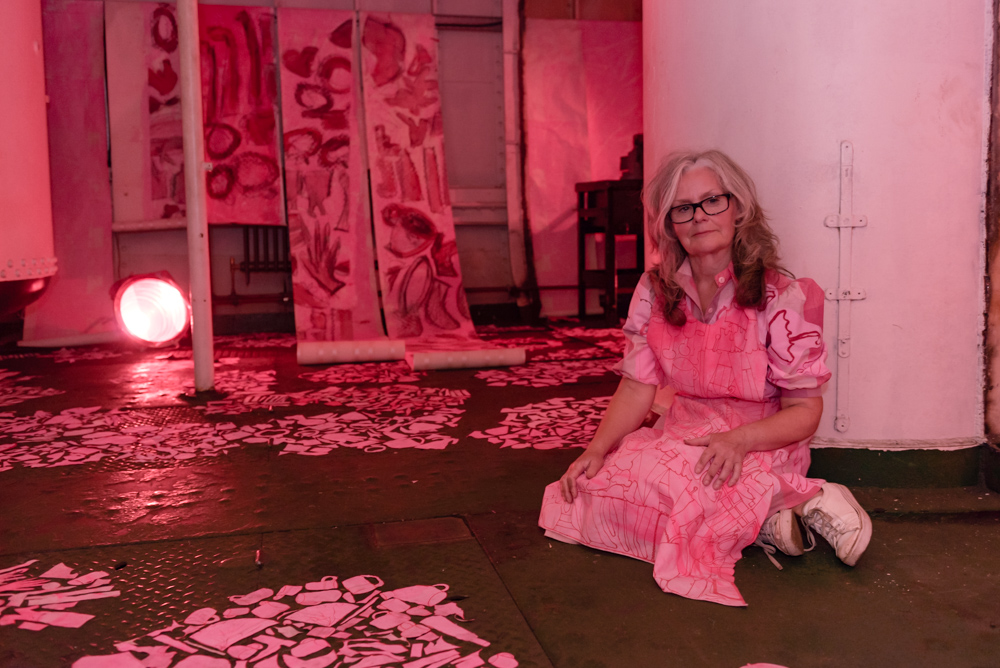

Photography by Gigi Giannella
In 2017 DFDC undertook a research and development project. Working in partnership with the National Maritime Museum, Royal Greenwich Heritage Trust and Greenwich Dance, DFDC explored how history can be reimagined using dance and physical theatre.



